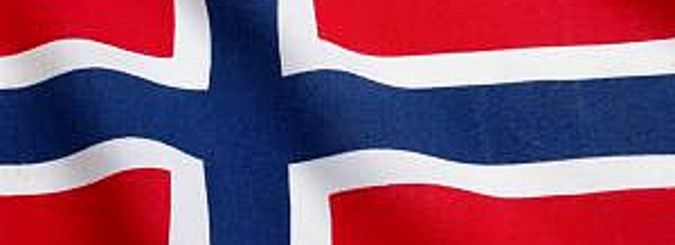Contact
Kolbrún Sveinsdóttir
Project Manager
kolbrun.sveinsdottir@matis.is
Attitudes and fish consumption in Iceland 2011
The aim of the study was to examine consumption habits and attitudes related to seafood among Icelanders aged 18-80. A survey was set up online and letters were sent to a sample from Statistics Iceland in June 2011 and responses were received from 525 people. The aim was also to examine the changes that have taken place in Icelanders' attitudes and fish consumption since the last figures were published in 2006 for people aged 18-26. Attitudes and consumption of Icelanders were analyzed by gender, age, place of residence, education, monthly household income before tax, number in the household and number of children under 18 in the household. On average, Icelanders eat fish as a main course about twice a week. Haddock is the most popular species on the tables of the people and is consumed about once a week, followed by cod. On average, Icelanders take fish oil about four times a week, but in total about half of Icelanders take fish oil daily and 62% three times a week or more. In general, Icelanders seem to eat fresh but frozen fish more often and very little is bought from prepared fish dishes chilled or frozen. Attitudes towards eating fish are generally very positive and the vast majority consider fish healthy and good. Most people believe that family has the most encouraging effect on fish consumption and that a wider budget, easier access to fresh fish and a wider range of fish could have an effect on increased fish consumption. There is a big difference between fish consumption and the attitudes of men and women. Women prefer to buy food and place more emphasis on hygiene, freshness, accessibility and price. They are also of the opinion that it is expensive to eat fish. There was a significant difference between age groups, both in terms of total fish consumption frequency, consumption of different fish products and attitudes. Fish consumption increases with age, as does fish oil consumption. The emphasis on hygiene is lower among younger people. There was a difference in the consumption behavior and consumption of different fish species and products according to residence, which can probably be largely explained by traditions and different supply of fish. Most people, especially those in the older age group, find it rather expensive to eat fish. On the other hand, they find fish more valuable than younger ones. However, it seems that the youngest group is even willing to pay more for fish, as they are of the opinion that a wider range of ready-made fish dishes and fish dishes in restaurants could have an effect on increased fish consumption. Positive changes have taken place in fish consumption and attitudes of people aged 18-26 in the last five years. This group is now more in favor of fish and the frequency of fish consumption has increased somewhat, which is mainly explained by increased fish consumption outside the home. Consumption of fish oil and diversity in the choice of seafood seems to have increased. In this age group, there has been an increase in the consumption of fresh fish, sushi, salted fish and chilled semi-prepared dishes.
The aim of the study was to investigate seafood consumption and attitudes among 18‐80 year old Icelanders. A total of 525 people completed a web-based survey. The aim was also to study changes in attitudes and fish consumption in the last five years among people 18-26 years. The data were analyzed by gender, age, residence, education, income, number of household members and number of children below 18 years. On average, the fish consumption frequency (fish as main course) is around two times a week. Haddock is the most frequently consumed fish species and is consumed around one time per week. Fish oil is consumed four times a week on average, but 50% of the participants consume fish oil every day. Fresh fish is more frequently consumed than frozen fish and ready fish meals, chilled or frozen, are rarely bought. Attitudes towards consuming fish are generally very positive. Most people consider family to have the most encouraging influence on their fish consumption and that less stringent finances, easier access to fresh fish and more variety of fish could positively influence their fish consumption. Fish consumption pattern and attitudes differ by gender. Women more frequently purchase food and emphasize more healthy food, freshness, access and price. Large differences were found between different age groups, both regarding fish consumption frequency, fish products and attitudes. Fish consumption and fish oil consumption frequency increase with age. Emphasis on healthy food are less among younger people. Consumption habits and consumption of different fish species and products differ by residence around the country. This can largely be explained by different traditions and different fish supply. Most people, especially in older age groups consider it expensive to consume fish. They are, however, more likely to consider fish money worth compared to younger people. The youngest age group appears though to be ready to pay more for fish as their opinion is that more variety of ready fish meals and fish courses at restaurants could positively influence their fish consumption. The last five years, positive changes in fish consumption and attitudes among people 18-26 years have occurred. This group now consumes fish more frequently, the varity in their choice of seafood has increased. The consumption of fresh fish, sushi, salted cod and chilled oven ready fish meals has increased among this group.






